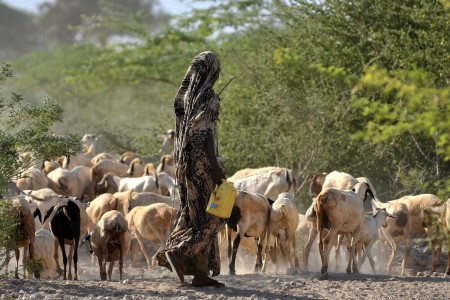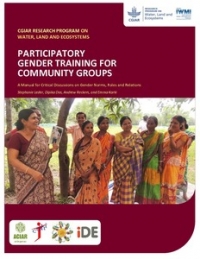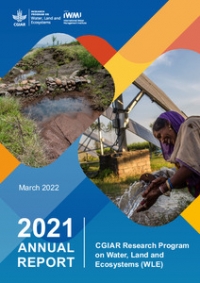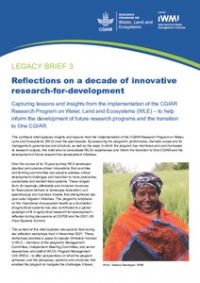Communities are complex social networks that are made up of many dynamic relationships. Gender relations in particular are rooted in values, norms and practices that require deeper exploration and understanding.
Why, then, do we so often address gender issues in our work with pre-ordained solutions and one-size-fits-all discussions? How do we expect to generate meaningful and transformative conversation through lecture-based teaching methods that frequently ignore cultural norms and create unbalanced power dynamics?
These top-down strategies may work if the goal is to simply fill out the worksheet and check off the gender and social inclusion box. On the other hand, if the goal is to bring about real change and seek real transformation, then we must try a new approach.
A bold approach to gender training would allow participants to create their own training experience based on their own knowledge and customs. Rather than provide prepackaged, ready-to-go answers, it would ask questions, like: in your experience, are girls valued differently than boys? In your community, who transplants seedlings? Plows the field? Cooks dinner? Has it always been that way? A bold approach would enable participants to step into the shoes of the opposite gender and develop a new perspective.
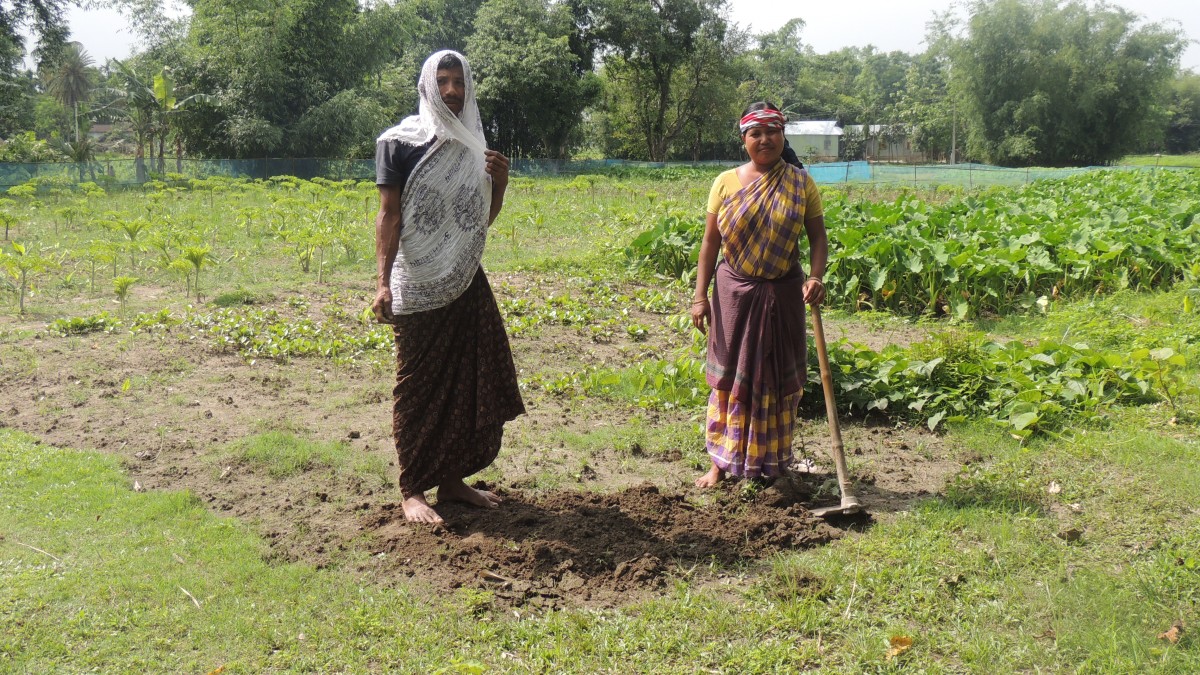
As a starting point for generating transformational discussion on gender norms, roles and relations, WLE and the International Water Management Institute (IWMI) have recently published a Participatory gender training for community groups manual. The training incorporates scientifically proven learning techniques, with the intent of radically flattening top-down methods of teaching.
After pilot trainings in Nepal and Bihar and West Bengal, India, the research has been transformed into a comprehensive tool. The activities and discussions in the three-hour training build on each other in a way that creates an atmosphere of empathy and enthusiasm among participants and facilitators. By forgoing prescriptive lessons, the gender training is broadly applicable and can be facilitated by a wide range of researchers and practitioners.
As a living and developing document, the researchers behind the gender manual are looking for feedback on its impacts. Early reports from parts of Nepal and India prove promising, specifically showcasing that this training challenges participants to think in new ways about gender roles and values, and thereby foster empathy for the opposite gender.
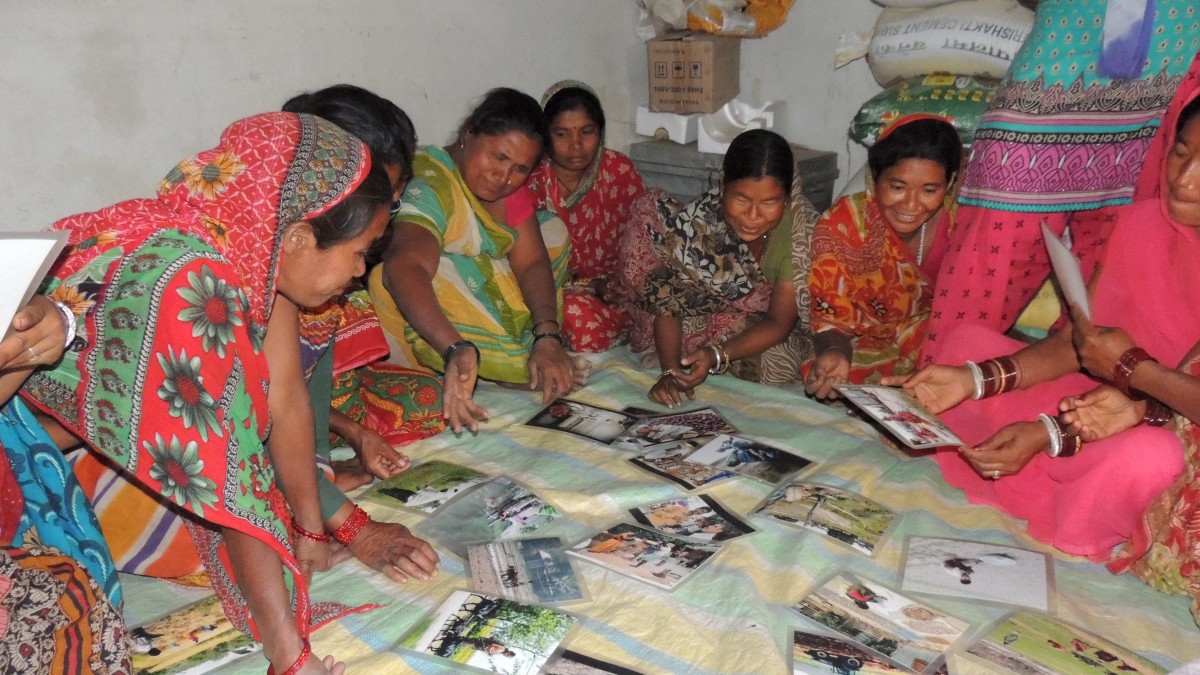
For instance, activity one has participants justify why they would prefer to have a daughter or a son. In Nepal, the majority expressed a preference for daughters because the goddess Laxmi, who is thought to bring wealth to families, blesses girls. Participants who chose sons, on the other hand, described how regional customs dictate that the bride’s family is obligated to provide a dowry, thereby explaining their preference. One participant commented, “I thought we would argue about gender differences, but instead we discussed very specific things that we had previously ignored. The activity forced us to think about them.” Following an activity that involves sorting daily activities by gender, another participant said, “I realize that men and women need to understand each other’s needs.”
One training or manual will never adequately address the complex relationship structures of any community. Research and discussion on this topic must continue in order to improve our understanding of learning and facilitation. On this International Women’s Day, however, the transformative approach of this gender training may just be the first bold step towards mutual understanding and equity.



/index.jpg?itok=h9_y94HU&c=a34bc19880f857676b6acefd7701e9fb)

